Patricia Highsmash
Us Living in Fictional Cosmogonies
Part IX: The Movies of Prince
by Travis Hedge Coke

Prince said of Graffiti Bridge, “Maybe it will take people thirty years to get it. They trashed The Wizard of Oz at first, too.”
People still complain about Graffiti Bridge, Prince’s third theatrical movie, they complain a movie with the lyrics, “I can’t help that what’s cool to us might be strange to you; Pardon me for breathing, can we borrow some of your air?” is too weird, too sensitive, too needy.
A movie about the Kid, a Prince proxy, Prince alter ego, grieving the loss of his father and the being told he no longer as it, that he lost the thread, lost the ability. People will say it was unbelievable then, because how could we think of Prince as vulnerable and that lots of people, even fans, would say he lost his ability, without examining exactly what they are saying.
We still attack Prince. There are 2021 clickbait headlines:
George Harrison’s Son Said Prince Created Tension During George’s Rock & Roll Hall of Fame Induction
George Harrison’s Wife Olivia Didn’t Want Prince to Perform at George’s Rock & Roll Hall of Fame Induction
The articles attached to those headlines prove the headlines misleading, maliciously and salaciously so, but the reason we click, if we click, is because Prince was magic. He made his guitar disappear at that performance of Harrison’s While My Guitar Gently Weeps.
Prince can levitate. Prince and hypnotism. The Bela Lugosi. Prince can read minds.
We live in Prince’s world. The reason there are so many anecdotes of Prince performing magic, is because Prince did magic. He did magic.
Patter (Myth)
1984’s Purple Rain made Prince a superstar of superstars, the first time someone simultaneously had the top movie, top song, and top album in American history, and it crafted, for many, the myth of Prince. It was the flowering offshoot which generated the many cinematic myths of Prince.
Prince movies, often confusing audiences with whether they are personal or commercial, unintentional or intentional comedy or melodrama, live in the realm of movie movies. It is easy to see why Prince would reference Barbarella in a song. Why Prince loved The Matrix, Condition of the Heart, An American in Paris, The Wizard of Oz, The Way We Were, Quadrophenia, Eraserhead.
While his other movie appearances, from starring roles in narrative, theatrical movies Under the Cherry Moon and Graffiti Bridge to the 1995 narrativized video concerts, The Undertaker and The Sacrifice of Victor, fared less well financially and critically, they helped variegate the story and star of Prince, and create a rich, innervating complex of being, tale, and understanding.
The movies of Prince may have directors or writers who are not Prince – Becky Johnston (House of Gucci, Prince of Tides), Michael Ballhaus (Air Force One, Goodfellas). William Blinn (The Boys Nextdoor, The Lazarus Syndrome), Albert Magnoli (Tango and Cash, Dark Planet), Mary Lambert (Pet Sematary, Face of Evil), and Parris Patton (The Cheshire Cat, Creature) all contributed directly to visual, script, or pacing – but the movies are Prince movies and Prince’s movies.
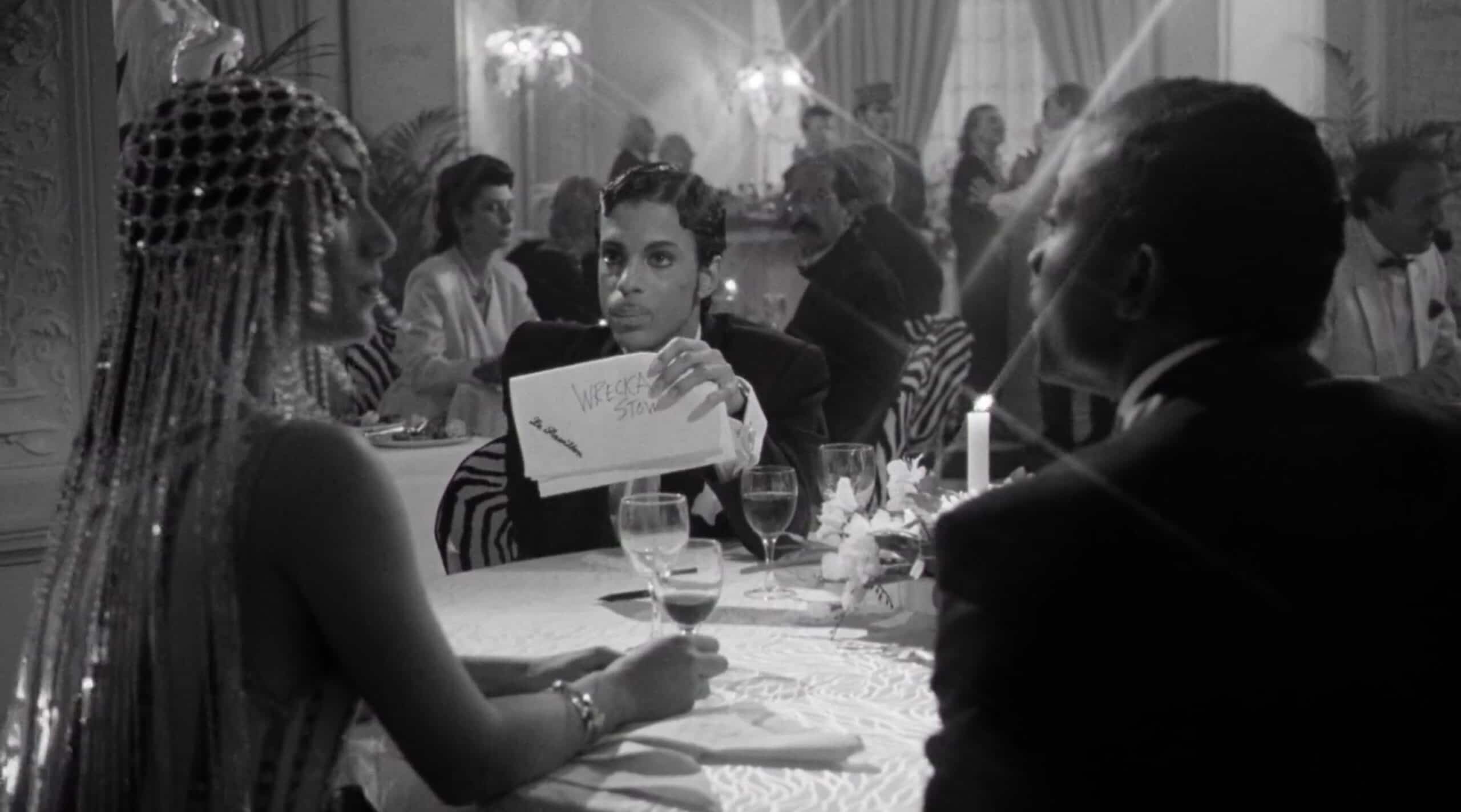
From “wrecka stow” to Christopher Tracy (Prince) and Tricky (Jerome Benton) in and around the bathtub, Under the Cherry Moon is an intentionally evocative and incubational movie. A movie about race in a realer and more head on way than it ever says. A movie about class, about life, economics, society, neighborhood, about work and play and prayer and faith and sex and safety and satiety and the rent. And, it looks like a French New Wave lark or a Billy Wilder fairytale.
Wrecka Stow is magic. In the scene, Tracy is able to get Mary (Kristin Scott Thomas) to say “record store,” without her knowing she is, without her understanding she is. Tracy establishes that class and cultural boundaries are real and then fractures their significance to take control and decenter where the power is expected to be. Tricky’s wink. Tracy pulling faces and doing the Bela Lugosi eyes. It is all patter, all rhetoric, all practice, empowering power. But, the trick, further, is to manifest space for Black men in a cinematic fairytale Europe, into life and space and life and space beyond life and space. Not to demand. No demand. Manifestation.
“If you wanted to buy a Sam Cooke album, where would you go?”
Flourish (Eroticism)
Prince knows how to slide whistle encore something cheerily sexy.
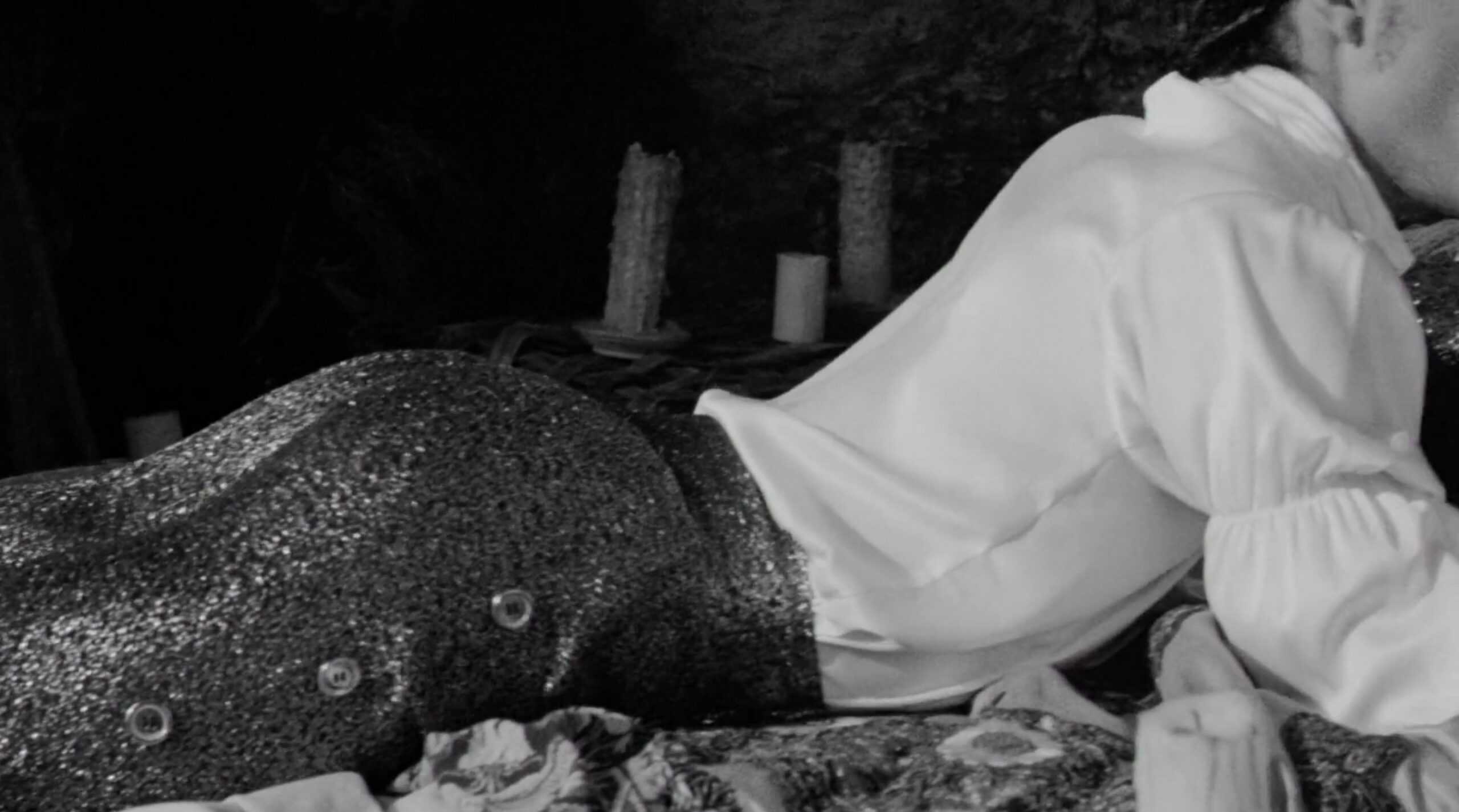
“We know you didn’t come out here to work, but it’s going to be fun, y’all, believe me!” Mavis Staples promises from the stage in The Sacrifice of Victor, during her song, preparing an audience call and response midway through her song, House in Order.
The close face, the hand, body and shape and gaze of the Groupie in The Undertaker prepares us for an intimacy. And, then she dies. And, it gets intimate.
Graffiti Bridge, criticized and lauded for having no sex scenes, no nudity, no swearing, of course has swears in it and it has an entire musical number eroticizing urination and about getting naked. Songs that invoke oral sex, sexual lubrication, and an entire philosophical conversation on rear ends. An attempted drug-involved rape.
The wandering camera of The Sacrifice of Victor interviews a sex therapist in training, tells people they are very pretty, flirts concertgoers.
The Undertaker combines a fret and a face into a kind of skull. Under the Cherry Moon and Purple Rain never miss a moment they can eroticize their Prince roles. In more than one movie death is an eroticized silhouette.
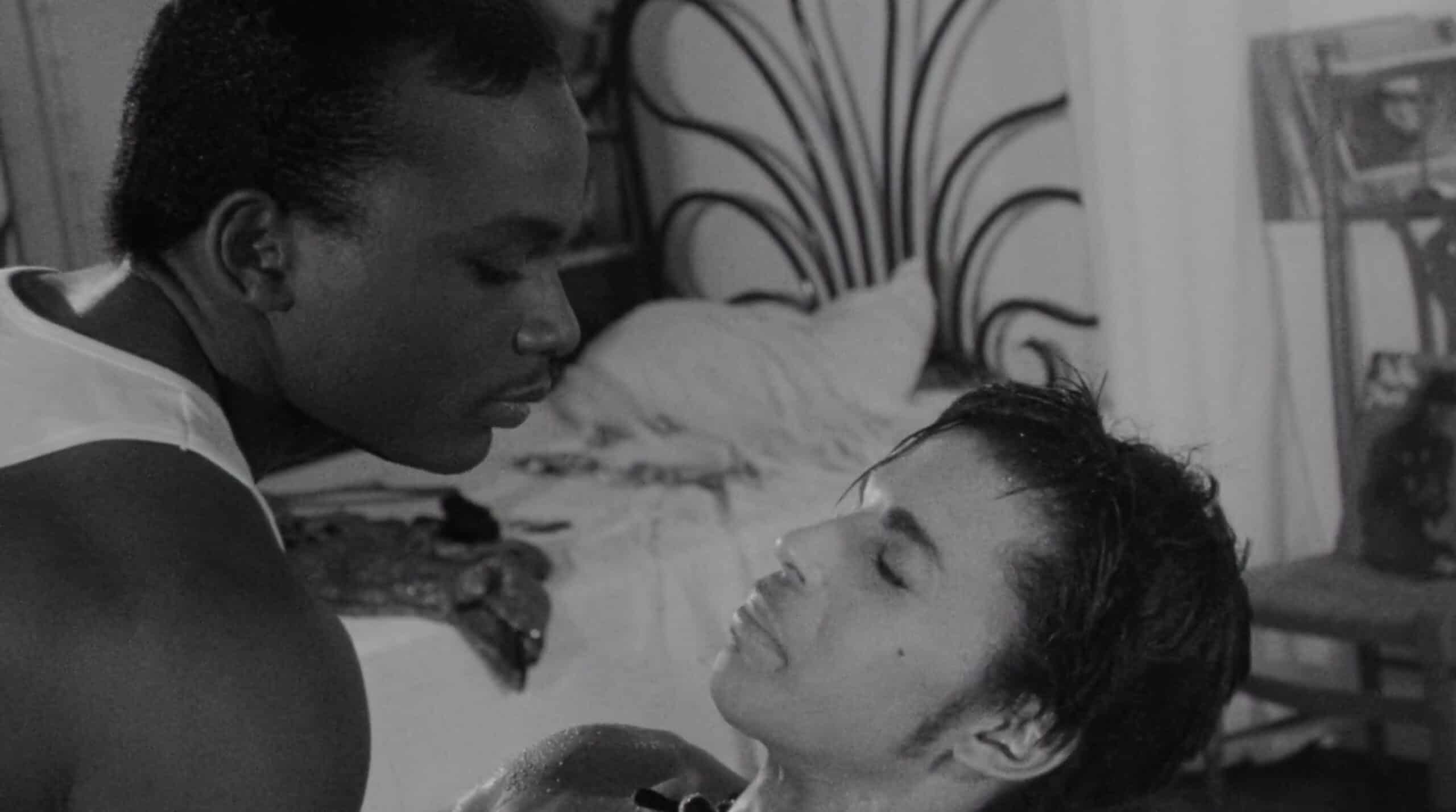
The Undertaker breaks up music with sounds of The Groupie vomiting, her stumbles and communications. Divides The Artist in negative, the Artist under gels, the Artist black and white, distorted, solarized
Graffiti Bridge plays dueling banjos over dueling with money.
It is all familiarity and intimacy, intimation of intimacy, invitation to touch and sound and it feels as if they could touch and it puts you off balance. Everything is balance and when it is not there.
Under the Cherry Moon will dive headfirst into Fellini framing, into Wilder laughs, into deep, rich romanticism and pull us out cackling with crass cinema verite that is all faked.
Character (Roles)
Did that happen to the Kid or Prince? Was that Prince or Christopher Tracy? Did Christopher or Prince sing, Sometimes It Snows in April? was the Artist always Prince or did Prince sometimes play the Artist? When ???? is ???? do you say or it spell it? (???? is pronounced, the Artist, sometimes, but it is spelled Love Symbol #2.)
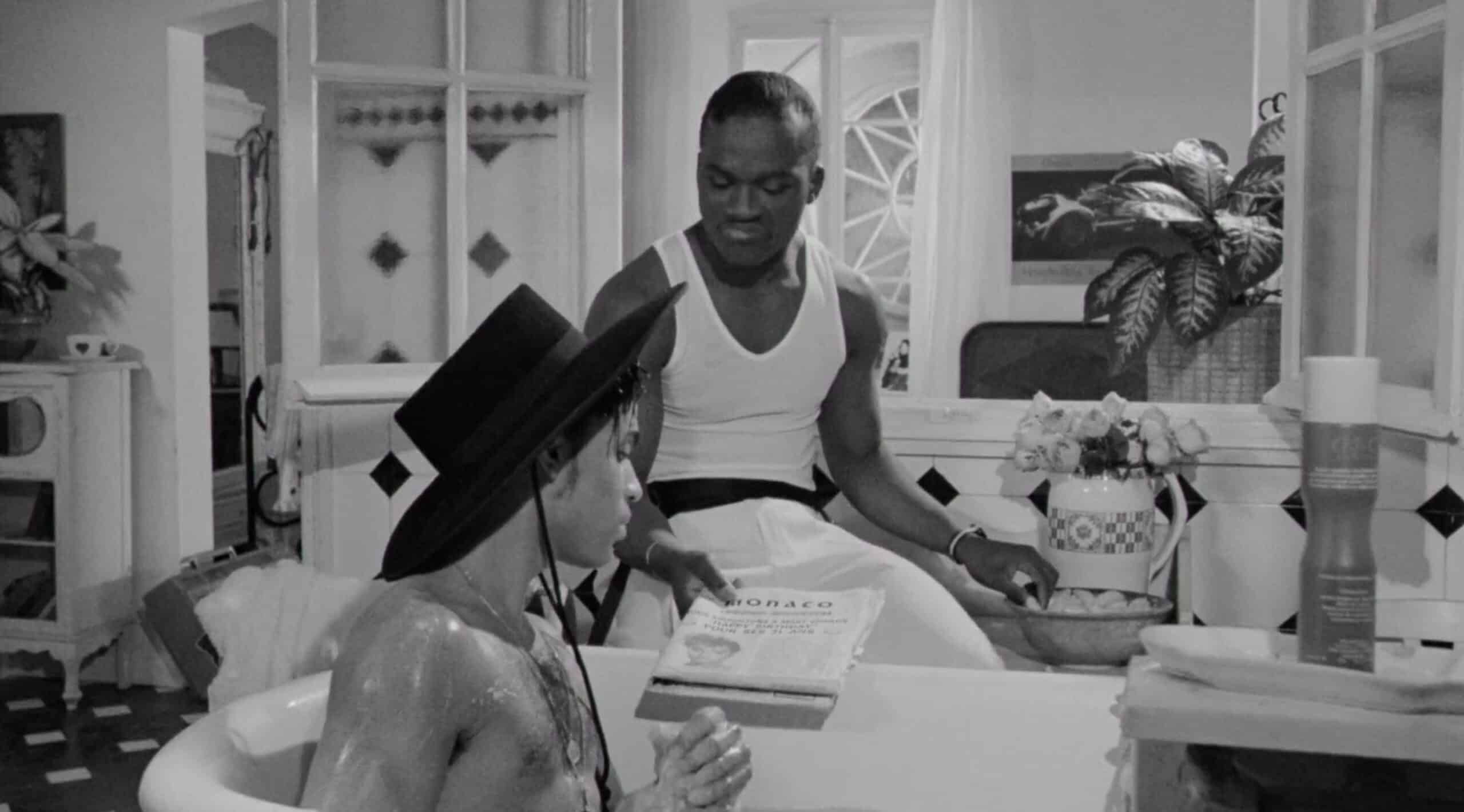
There are two significant versions of fellow-Minnesotan, Bob Dylan’s film, Renaldo and Clara, one long and narratively concerned with the role of musician as performer not poet, affirmer not preacher, worker not artist, that the musician is expected to shut up and play, and a shorter cut, made later, that is mostly only concert footage and few dramatized scenes. Neither is commercially available.
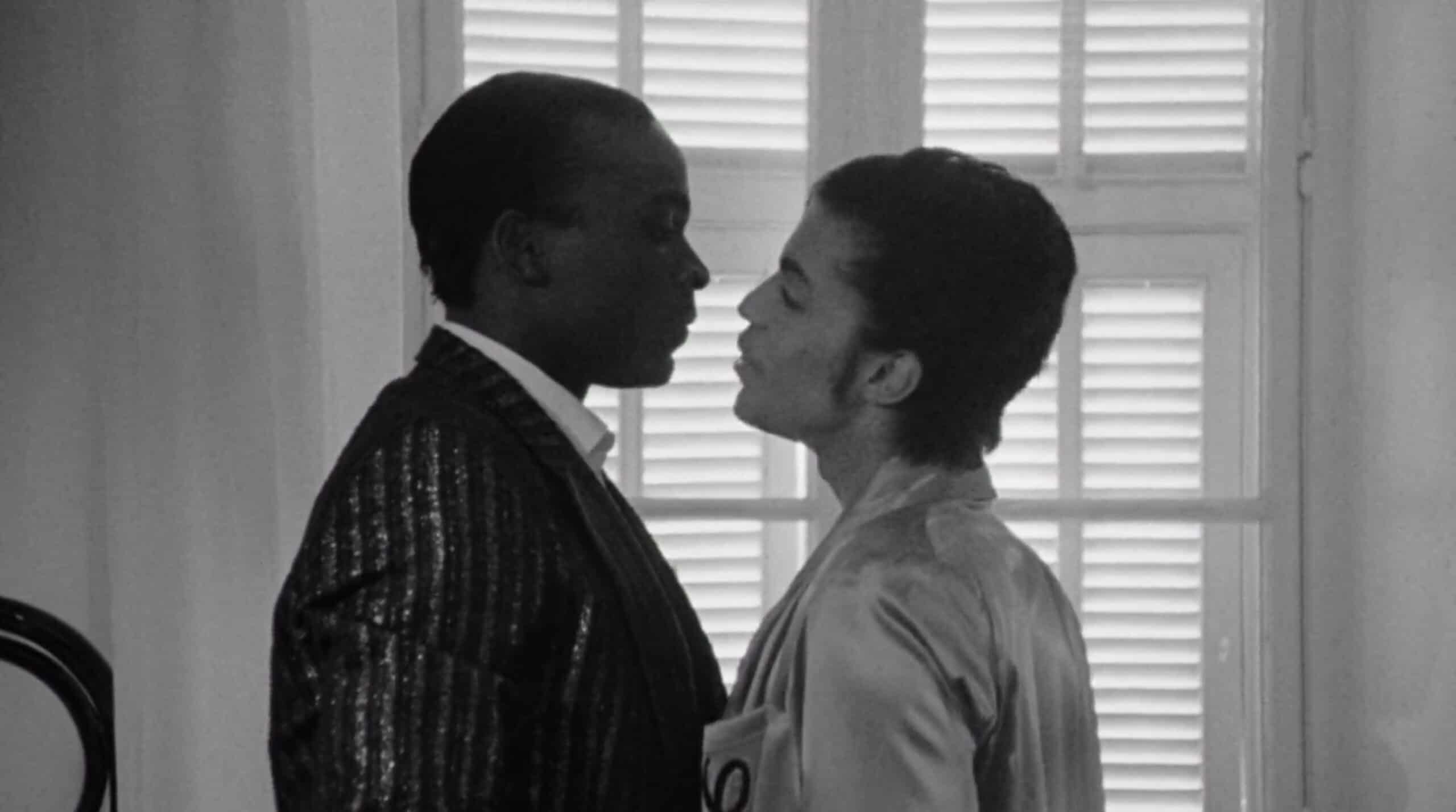
Prince movies are class conscious, and that means role-conscious. The roles assigned by reason of ethnicity, colorism, finances, politics, age, talent, connections are played clean and blurred to ash, consistently, constantly, and simultaneous. Prince, in his movies, is able to do what Dylan, in his, has not, submerging his real life persona as a pop musician into characters who have their own reality, to the point where they are difficult to pull apart. Whether Prince is playing a prostitute or a struggling musician or a famous star, they know the consequence of their role. They know the consequence of the room, and the block, and the city in which they are.
Prince’s movies were largely shot in Minnesota, USA and in Côte d’Azur, France. Not Hollywood. Not New York. The French Riviera and and the Gopher State. For many it is impossible to tell the fictive Minneapolis from the real Minneapolis, even if they have lived there. Prince’s Côte d’Azur is an entertainment truth. But, it is not true that Prince’s movies were only shot in those locations. Purple Rain joins pars of Los Angeles into its Minneapolis, California into its Minnesota. Because character is an affect, not a state, one state in the United States, however disparate, can stand in, temporarily, if if the merger is made smoothly, no one notices the switch.
In The Undertaker, the Artist (Prince) and the Groupie (Vanessa Marcil) are not only metaphorically two sides of a person or a concept, but are seen to visually merge, intertwine, fade between one another. The Artist blurs with the Groupie, but the Artist is also implicated as the unseen Victor (who he plays, on camera, in The Sacrifice of Victor), and is fragmented by gels, bifurcated by special effects, made a swirl of melting and shedding beings, some clear as black and white edges and some impossible to clarify.
Prince’s world knows there are angels and there are angels in the mind and that the mind and angels are things which can be shown and intuited, but a time and place for either.
In Graffiti Bridge, Morris and Aura do not settle whether you get your ass or your manners from your mother, or from yo momma, but you might.
Christopher, in Under the Cherry Moon, is killed for standing outside his station, for moving outside where he has been classed, yet Christopher somehow lives and extends in and beyond death, as Prince sings the song about Christopher from Tricky’s perspective and the movie ends with Tricky’s ascendance, and Heaven and Earth commingled.
Tricky and Christopher are brothers, cousins, implied lovers, business partners, friends, enemies, and they are one person with two roles. Christopher has a role to die. It is written. Their work as performers, gigolos, con artists, artists, good-timers, social climbers is honesty dishonest. They are performing and everyone knows they are performing. And, nobody knows when the performances end or where or how you would know. To make magic, the magician has to disappear.
Magic
The Artist, in The Undertaker, saves a suicide by rewinding time. Most summaries will ignore that, a scene we presumably all witnessed with our own senses, and they will say that the woman who committed suicide was “somehow inspired” by the music the Artist plays with his band, that the Groupie who committed suicide is empowered or brought back by the sound, but that is not what happens and you can rewind or replay the movie yourself to see.
Morris (Morris Day) saying, “Let’s play a game… called See How They Run,” in Graffiti Bridge is patter and magic. Like when two characters in that movie play hangman in bed in that film, the pantomime and improv humor of the rent exchanges in Under the Cherry Moon, there is little difference in bringing others into a game and the game. It is play.
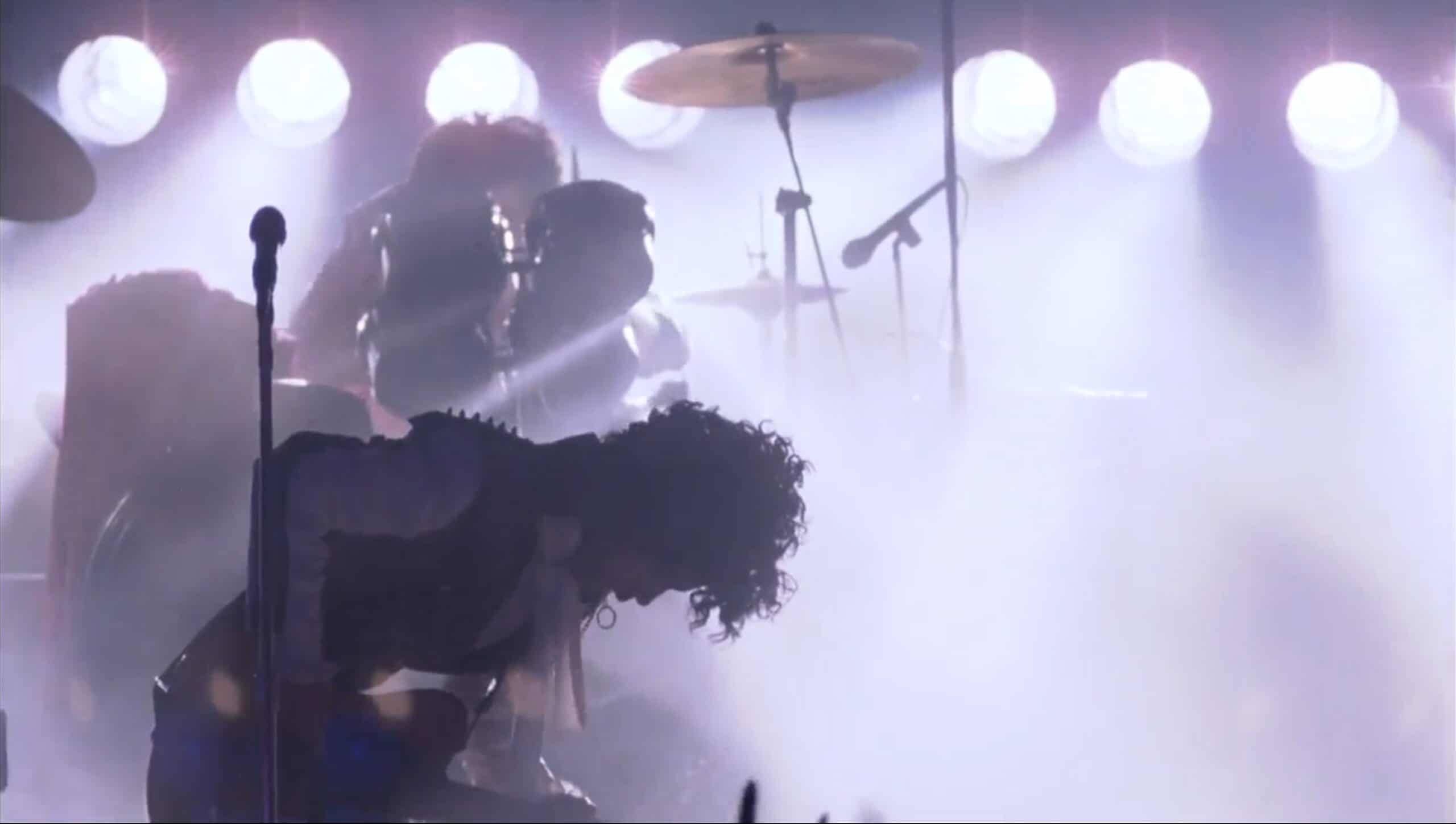
The entire stretch of Graffiti Bridge is Prince playing the Kid, a musician who is a writer, unsure what to tag on the bridge called life, the Graffiti Bridge on which we all put our mark.
In Graffiti Bridge, the Kid tells Aura that he “[I still] write imaginary letters to my Dad. Guess I’d be pretty freaked if he returned one.”
The embrace of Morris and the Kid at the end of Graffiti Bridge like the restoration and preservation of all the clubs in movie, the clubs which represent states of being and of music, The Melody Cool, the Clinton Club, the Pandemonium, the Glam Slam, is not only a preservation of music and ownership (the Glam Slam, the only club the Kid has a hand in, is also the only club with three legitimate co-owners, a house with three hands), the embrace is the embrace of generations, and an individual standing in for us all.
Ghost Count (Emotional (Ir)reality)
The Kid and his audience worry, in Graffiti Bridge, that he has lost the magic. The performances, the songs, are not where they could be, where they were. But, the performances we see, the music we hear is fantastic. It is easy to interpret this as breaking the suspension of disbelief with an unwillingness, for example, in Prince to perform poorly, but treating this as a world, something better, stronger, and more real is at play. The person and their audience believe that he has lost the magic. We, from outside, know that is not true, but we, from outside, do not share the subjective (mis)understanding that is, when you are inside a moment, inside a zeitgeist, one can easily fall prey too. Not good enough is often a feeling, a sense, more than a reality, especially in the arts or when it comes to work. And, in Prince movies work is always art, art is always work, and both are always self- and communally-inflicted.
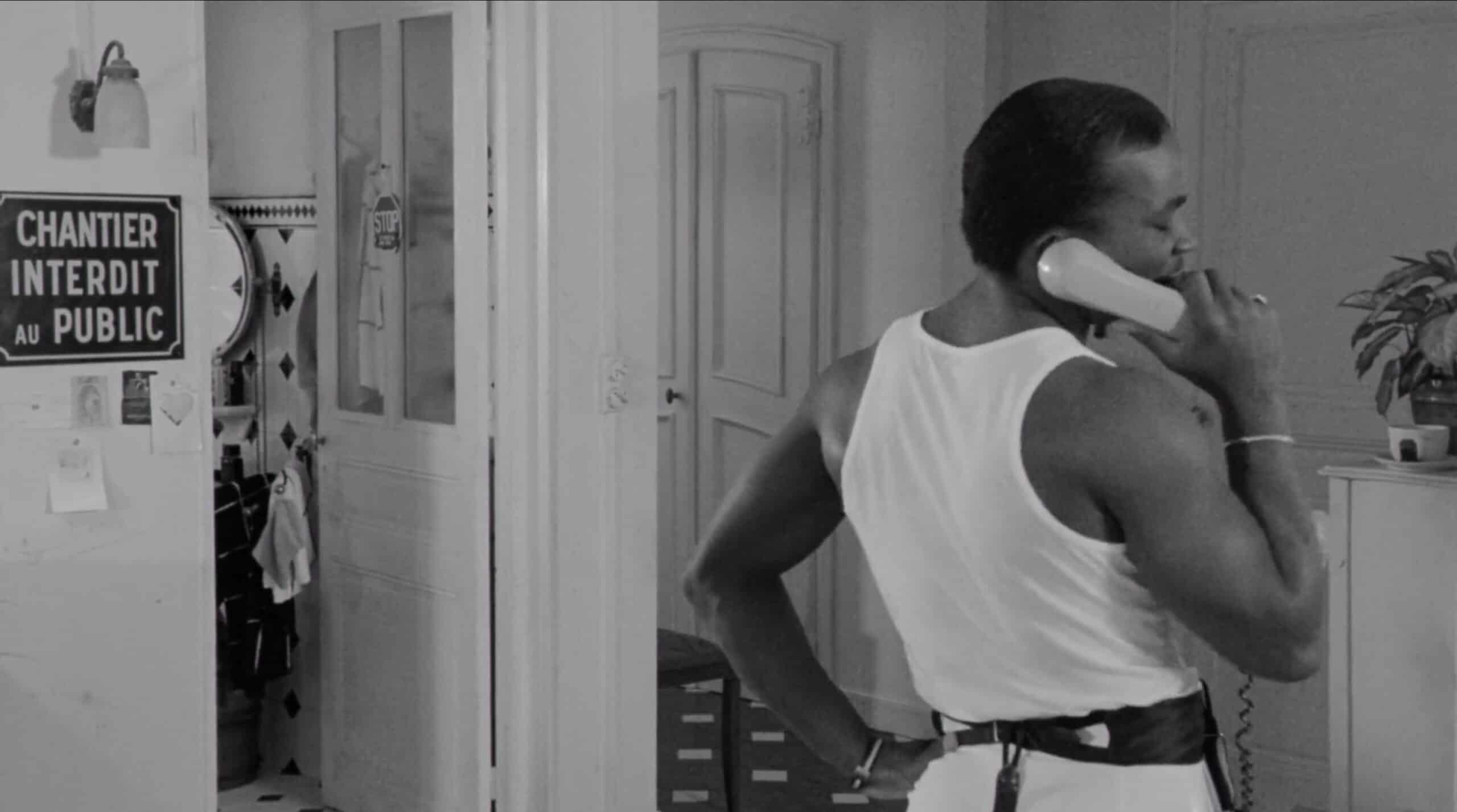
In Under the Cherry Moon, it is work and art and infliction that kill Christopher Tracy. It is Tracy escaping and being undone by life, by a world, that leaves him dead. He scratched at the lines of race, economics, geography, sexuality and era, and the world in which he lived could not abide such violation. Christopher Tracy dies of feelings.
The Kid and Morris combine through empathy. The world combines through empathy. The living and the dead. The here and the now. Heaven and Earth. The worlds combine through empathy.
“Pardon us for caring, we didn’t know it was against the rules.”
Rules cannot stop, only advise and punish. Rules teach us to circumvent.
Three of the classical fourteen Christian works of mercy are about the advisory nature of rules. The rest are about handling the violation of rules with empathy and love or about caring for those the rules do not care for. Clothe the naked. Visit the sick. Visit the incarcerated. Forgive those who harmed you. Pray for the dead and the living. Only, counseling the doubtful, the sinner, and the ignorant are about being instructional at all.
The parable of The Sheep and the Goats, from the Gospel of Matthew is, instructional of the rule. God will, sometime, separate everyone the way a shepherd separates goats and sheep, and will let one lot into Heaven and the other lot can go to Hell because they did not care for the sick, feed the hungry, succor the suffering, and that is that. Now, the other mercies are rules.
The Jewish story of God demanding Abraham prepare his son, Isaac, as a sacrifice, is a rule in many Christian understandings. The actual story, though, is one of staging and understanding. If there was no miscommunication between God and Abraham, then what is asked of Abraham is only to prepare his son as a sacrifice, not to murder his son. If there is a miscommunication, was it God or Abraham at fault? That second is unappealing, structurally, so we lean to the previous. There was no miscommunication. It was a show.
False Transfer (Physical (Ir)Reality)
“I hope they bury your old ideas the same time they bury you.” A Prince lyric. A sentiment of the Kid. The response of the injured.
Another story for you: A lamb, afraid to be sacrificed to God, comes to the rabbi, and says, “Rabbi, I do not want to die.”
The rabbi says, “We all have our roles. There has to be a sacrifice and that is your role.”
Lamb says, “Why is it my role?”
Rabbi says, “I have a lot to do today, but if the sacrifice were me, or my neighbor, all that we do in the world would be lost. All that we can do, we could not do.
When the lamb is unsatisfied, the rabbi suggests he take it up with God; “I’m busy.”
God thinks it is pretty impressive that this talking lamb is pondering the nature and fairness of death, the requirements of God and sacrament, and so God lets the rabbi know.
And, the rabbi says, “I told your friend I’m busy. I don’t have time for this.”
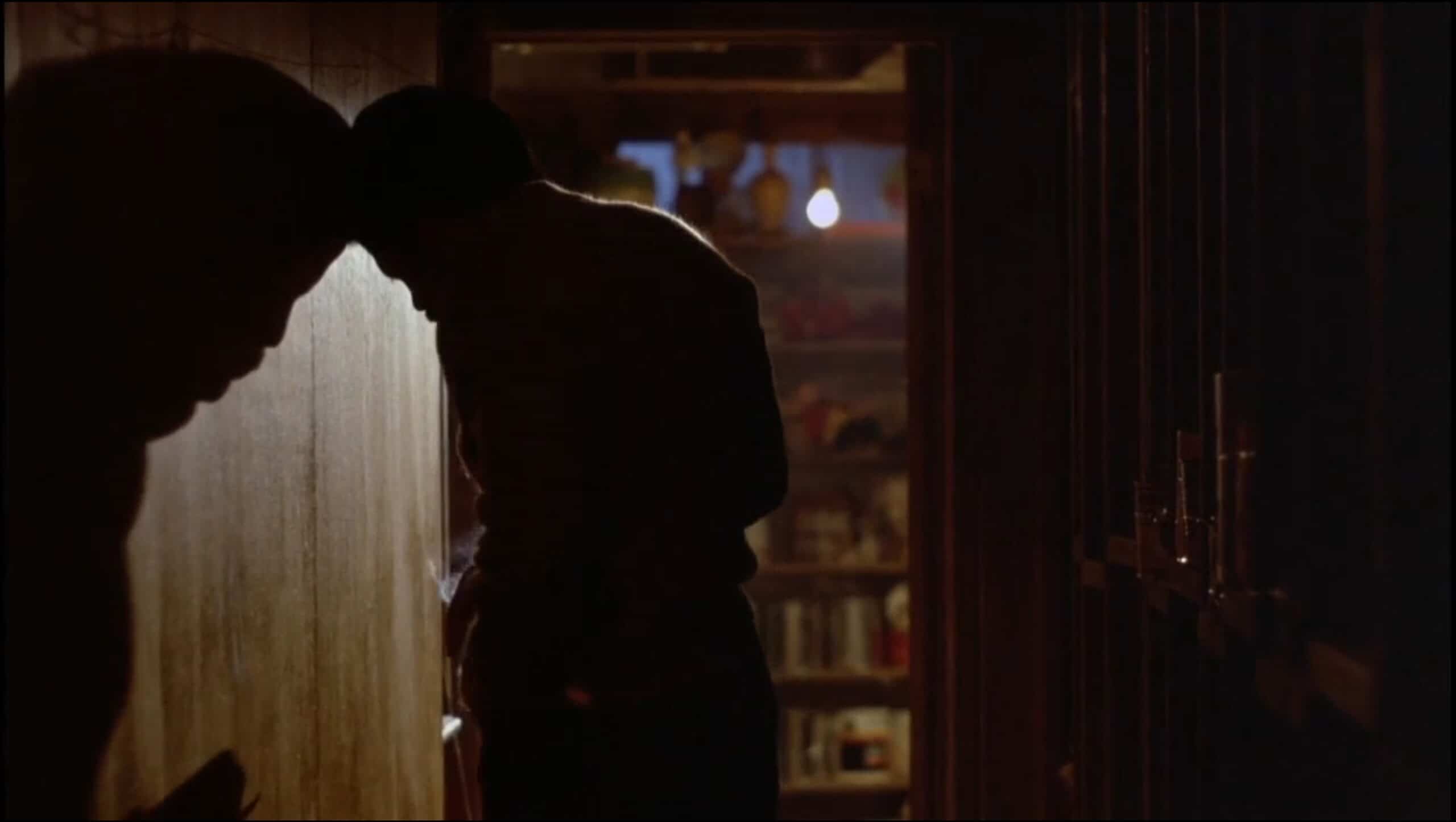
Everything in The Undertaker takes place at Paisley Park but different levels of Paisley Park. In it, the Artist sings, “I like to be alone, I like to watch. If you would learn to be alone, Baby…”
In Graffiti Bridge, two groups, represented by their heads, the Kid and Morris, fight with sampled recordings of each other’s voice. They interpolate, repurpose, throw each other’s voice back at each other. They commercialize it. They make it art. Retort, record, perversion and truth.
Just because you front, does not mean you have a back. A backside is not substitution or concurrent with manners.
If we are uncertain as to the relationship, the real, the center relationship of Tricky and Christopher in Under the Cherry Moon, we mean that we are uncertain as to their physical relationship. Wendy and Lisa were positioned as a similar game in real life. Prince’s own sexuality, even the precise nature of Prince’s gender identity, which is a safe way to say gender, were provocatively and evocatively played with, Prince played with incestuous confession, with an elevation to deification and a humility to humble, humblebrag could not begin. Even “earthly,” is physical and spiritual. Word, sound, meaning, method and medium.
Clean (Disappearance)
“I was born on a blood-stained table, cord wrapped around my neck. Epileptic to the age of seven, I was sure heaven marked the deck. Still I sacrificed.”
“My name ain’t Prince. My name damn sure ain’t Victor.”
The Sacrifice of Victor walks through an audience preparing for, asking after the Artist, Victor, Prince, ????. Who is he? What does it mean?
This chapter has to be incomplete.
Prince told Tavis Smiley, “I was born epileptic and I used to have seizures when I was young,” and that, “One day I walked in to her and said, ‘Mom, I’m not going to be sick anymore,’ and she said, ‘Why?’, and I said, ‘Because an angel told me so.’”
Grafitti Bridge opens with a disappearing woman.
Under the Cherry Moon ends with a swap.
In The Undertaker, the Groupie is killed and resurrected, the Artist is merged with the Groupie, extracted; dissolves.
Purple Rain transmogrified the Kid into Prince and Prince into the Kid.
The Sacrifice of Victor is not a song played during The Sacrifice of Victor, and on that song, part of an album that begins with the declaration his name is Prince, Prince only says he will one day be named Victor. In the movie, a concert film, ???? is present.
The movies of Prince have many directors, divers hands, they bear the energy of concert movies and promotional films, they resonate with the same class-conscious and aggressively outré strength of Sun Ra’s Space is the Place, the snark and verve of the Bob Dylan vehicles, the song and dance laugh, the color and lights show. Prince movies promise, but we are unsure what.
The movies Prince. The movie Prince. The real life Prince. Stage Prince. Victor. Jamie Starr. Christopher Tracy. Prince Rogers Nelson. The Kid. Alexander Nevermind. The Purple One (whose favorite color was orange).
It hardly matters if the moments or relationships in Prince movies fit causally or literally, logically, they are impacts and touches, embraces and allusions. “Should we imagine a ménage à trois?” is more evocative, more useful than three people getting it on. All film is imaginary and precisely what is on the playback. The recording is not real. The playback, the final cut, that has tangible intangibility. We all heard. We all saw. We all witness in our way, in our time, in our seat.
“I am something that you’ll never understand.”
I Would Die for You, Prince
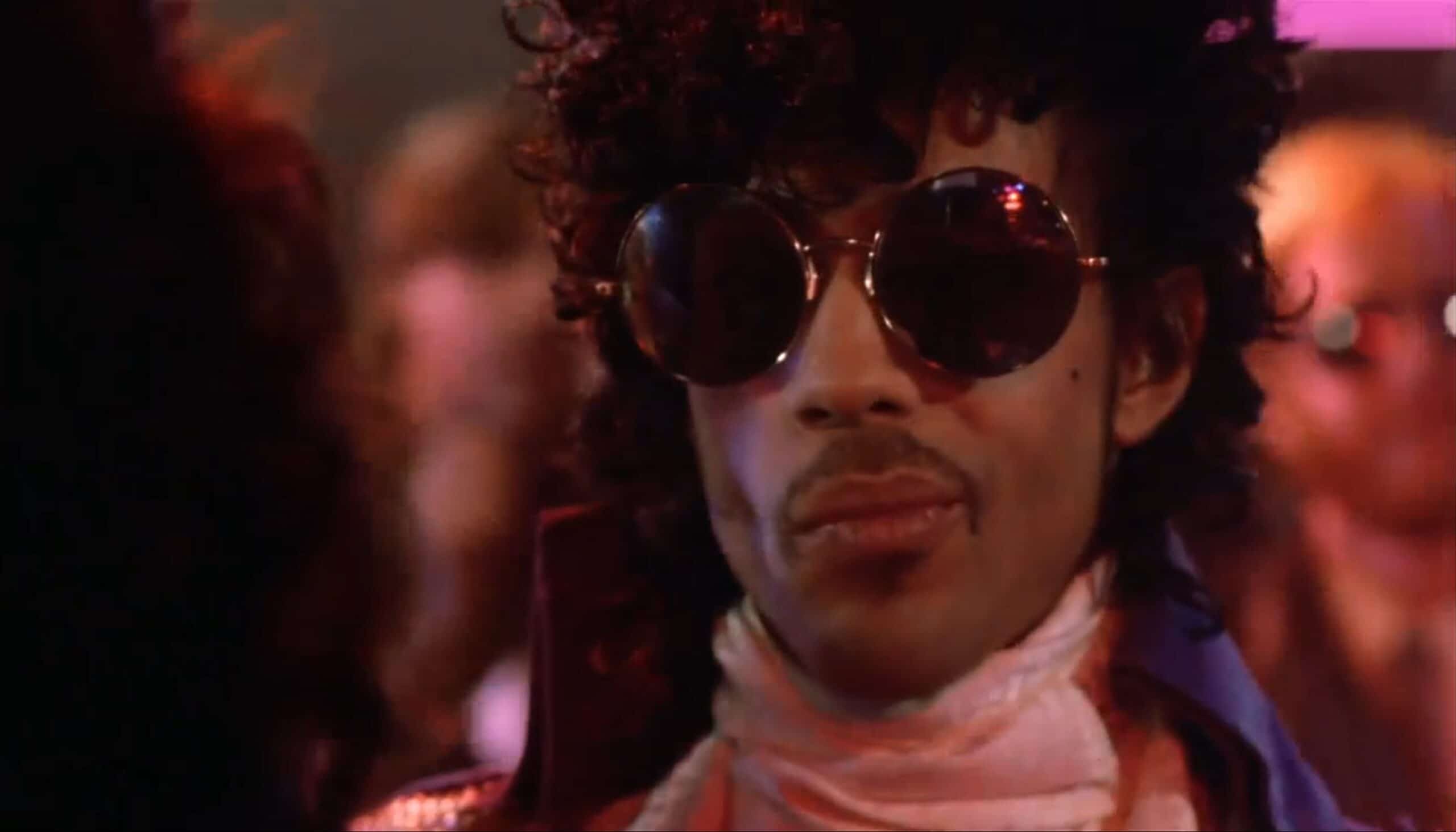
“I also am music.”
Prince, in interview with Dorian Lynskey





